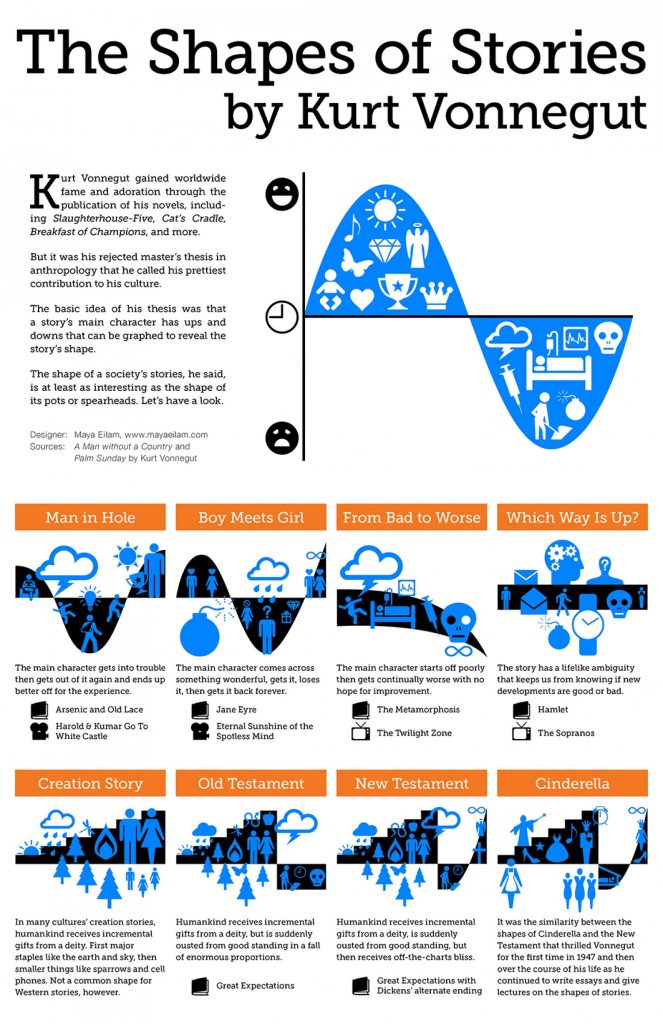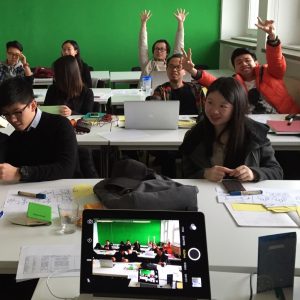1- The strategy of distraction The primary element of social control is the strategy of distraction, which consists of diverting the public’s attention from important problems and changes decided by political and economic elites, through the technique of flood or floods of constant distractions and insignificant information.The strategy of distraction is also indispensable to prevent the public from being interested in essential knowledge, in the areas of science, economics, psychology, neurobiology and cybernetics. Maintaining the attention of the public deviated from real social problems, imprisoned by topics of no real importance.Keeping the public busy, busy, busy, with no time to think, back on the farm like other animals (quoted in “Silent weapons for peaceful wars”).
2- Create problems and then offer solutions. This method is also called “problem- reaction- solution”. A problem is created, a “situation” planned to cause a certain reaction from the public, with the aim that this is the mandator of the measures they want to be accepted.For example: letting urban violence spread or intensify, or to organize bloody attacks, so that the public is the one who demands security laws and policies at the expense of freedom.Or also: creating an economic crisis to make the withdrawal of social rights and the dismantling of public services accepted as a necessary evil.
3- The strategy of graduality. To make an unacceptable measure accepted, you just need to apply it gradually, drop by drop, for consecutive years.This is how radically new socio-economic conditions (neo-liberalism) were imposed during the decades of the ’80s and ’90s: Minimum state, privatizations, precariousness, flexibility, mass unemployment, wages that no longer guarantee decent incomes, many changes that would have provoked a revolution if they were applied at once.
4- The strategy of differentiation. Another way to make an unpopular decision accepted is to present it as “painful and necessary”, gaining public acceptance, at the moment, for a future application.It’s easier to accept a future sacrifice than an immediate sacrifice.First, because effort is not what is taken immediately. Secondly, because the public, the masses, always tend to naively hope that “everything will be better tomorrow” and that the required sacrifice could be avoided.This gives the public more time to get used to the idea of change and to accept it as given up when the time comes.
5- Address the audience like a child. Most advertising aimed at the general public uses speeches, topics, characters, and a particularly childish intonation, often close to weakness, as if the viewer were a creature of a few years or mentally impaired.The more you try to deceive the audience, the more you tend to use a childish tone.Why ? “If someone addresses a person as if they are 12 years old or younger, then, based on suggestability, they will tend, with some likelihood, to a response or reaction even devoid of critical sense as that of a person of 12 years or younger” (see “Silent weapons for peaceful wars”).
6- Using emotional aspects much more than reflection. Exploiting emotion is a classic technique to provoke a short circuit on rational analysis and, finally, critical sense of the individual.In addition, the use of the emotional registry allows you to open the door to the unconscious to plant or inject ideas, desires, fears and fears, compulsions, or induce behaviors.
7- Keep the public in ignorance and mediocrity. Making the public incapable of comprehending the technologies and methods used for their control and slavery.“The quality of education given to the lower social classes must be as poorest and mediocre as possible, so that the distance of ignorance that plans between the lower classes and the upper classes is and remains impossible to fill by the lower classes”.
8- Stimulate the public to be complacent with mediocrity. Forcing the public to think that it is in fashion to be stupid, rude and ignorant…
9- Strengthening self-guilt. Making the individual believe that he is the only one to blame for his misfortune, because of his insufficient intelligence, abilities or efforts. Thus, instead of rebeling against the economic system, the individual self-evaluates and blames himself, which in turn creates a depressive state, one of whose effects is the inhibition of his action.And without action, there’s no revolution!
10- Know individuals better than they know themselves. Over the past 50 years, rapid advances in science have created a growing gap between public knowledge and that owned and used by the dominant elites.Thanks to biology, neurobiology, and applied psychology, the “system” has enjoyed an advanced knowledge of the human being, both in its physical and psychological form. The system has managed to get to know the common individual better than they know themselves.This means that, in most cases, the system exercises greater control and power over individuals, greater than the same individual exercises on themselves.
/via fb





